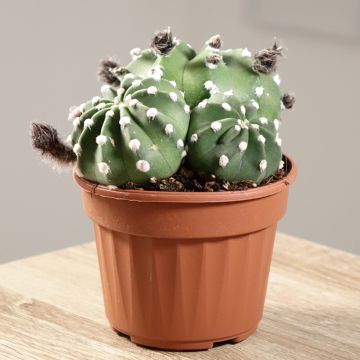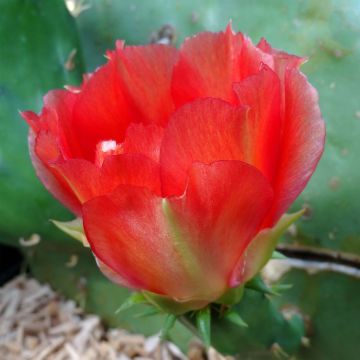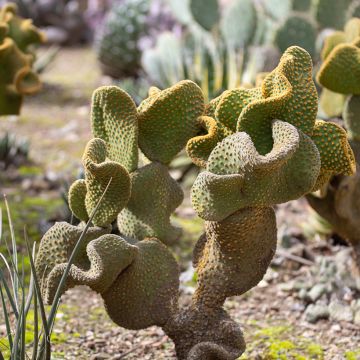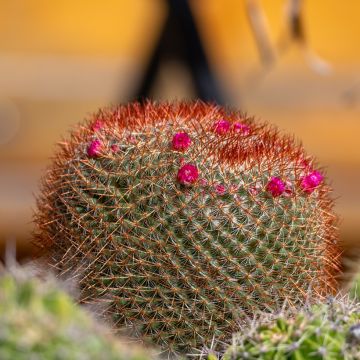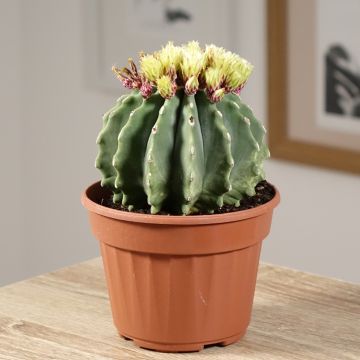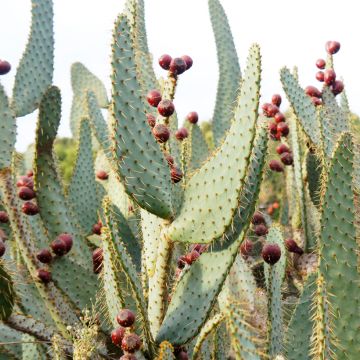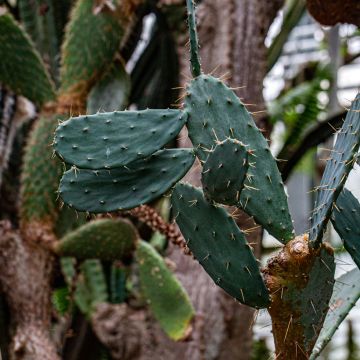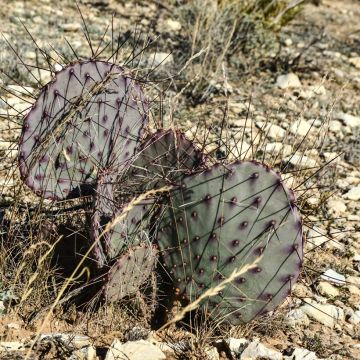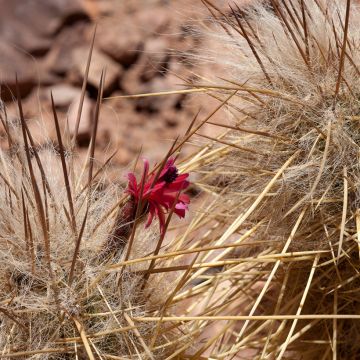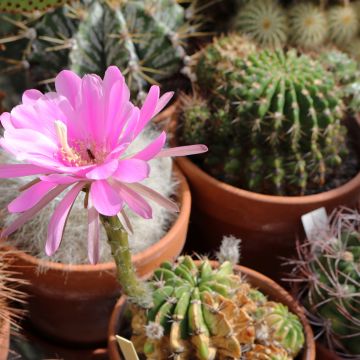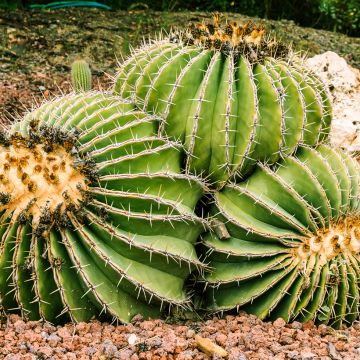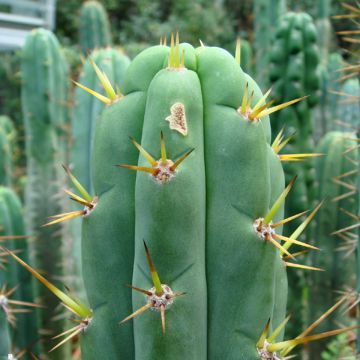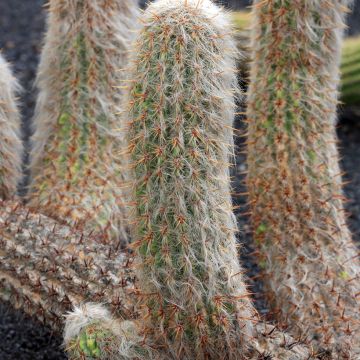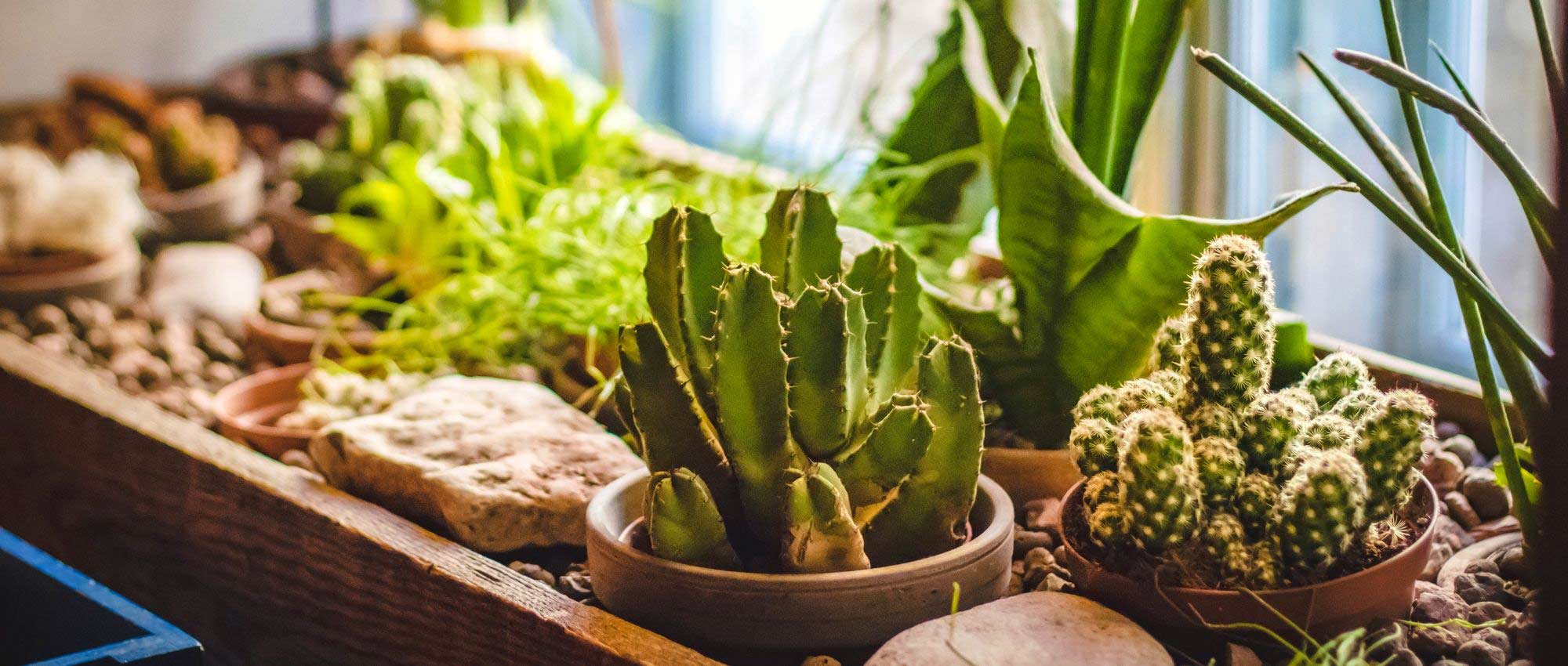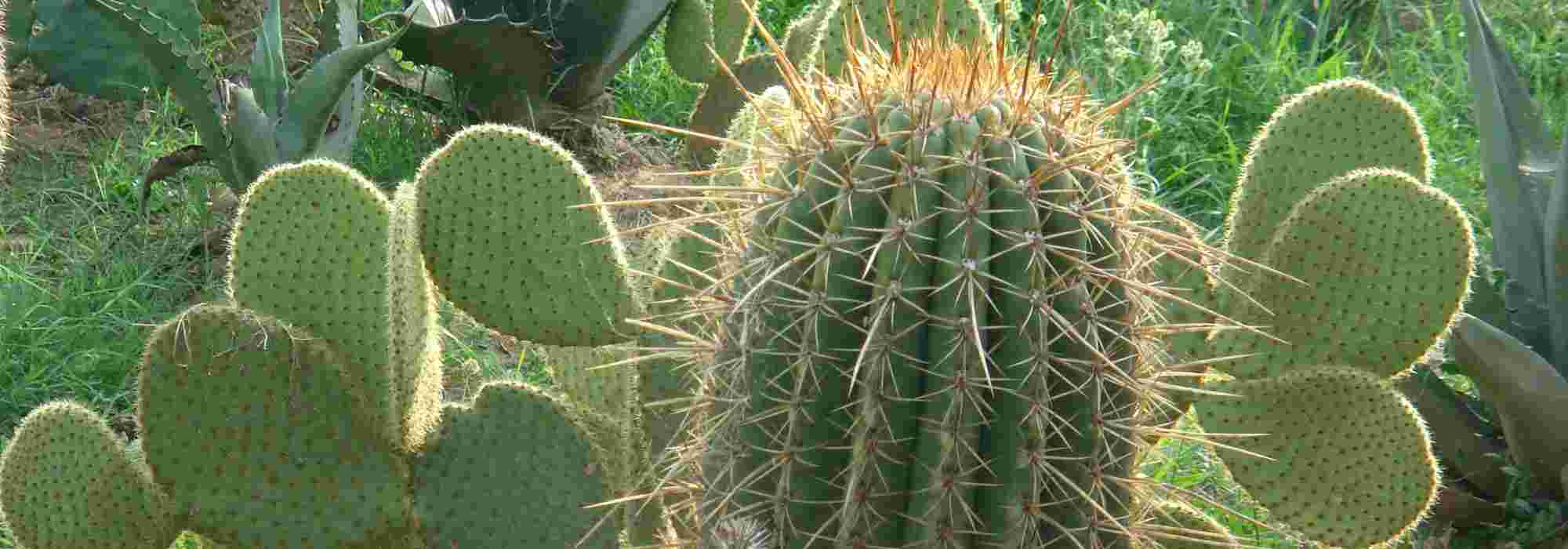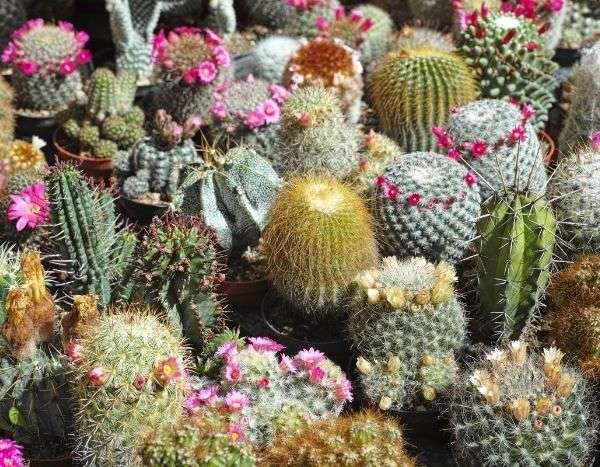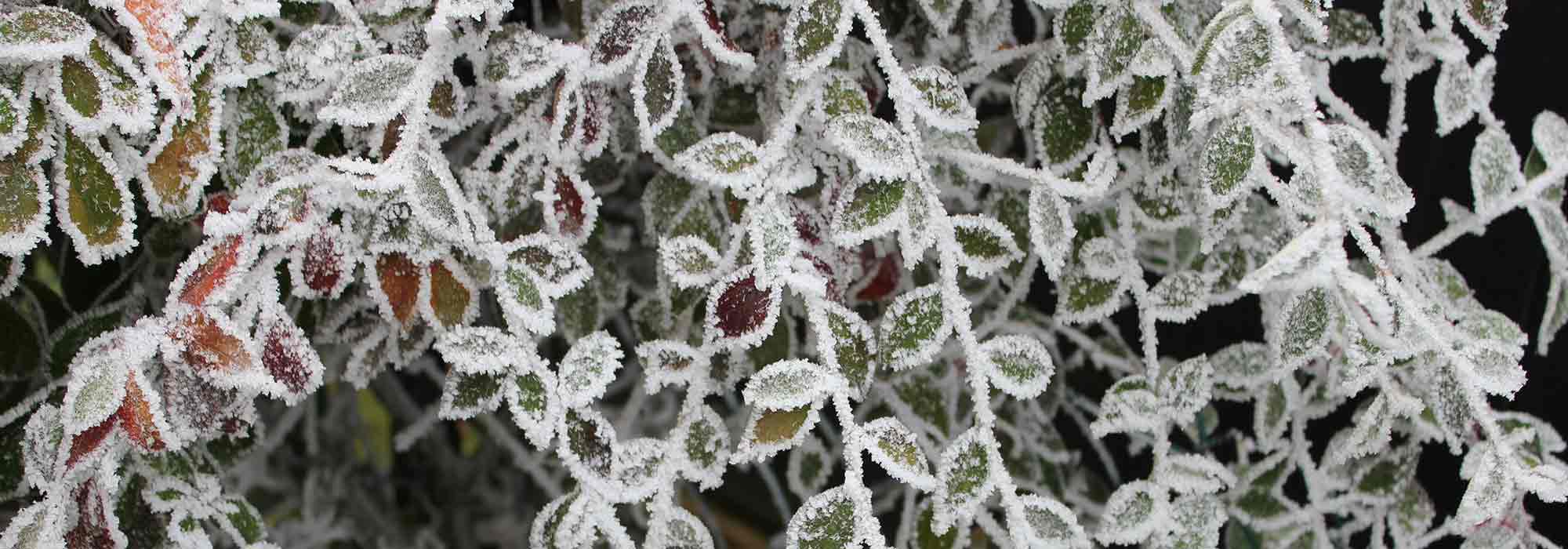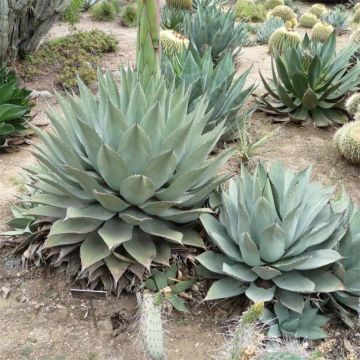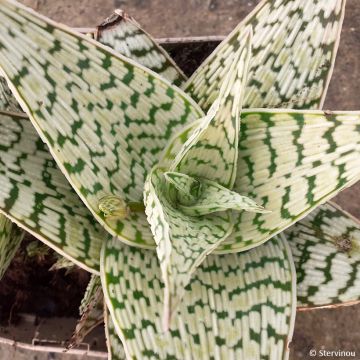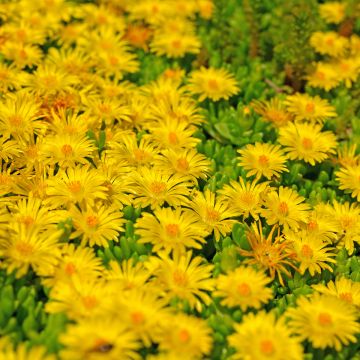

Trichocereus terscheckii - Cactus


Trichocereus terscheckii - Cactus
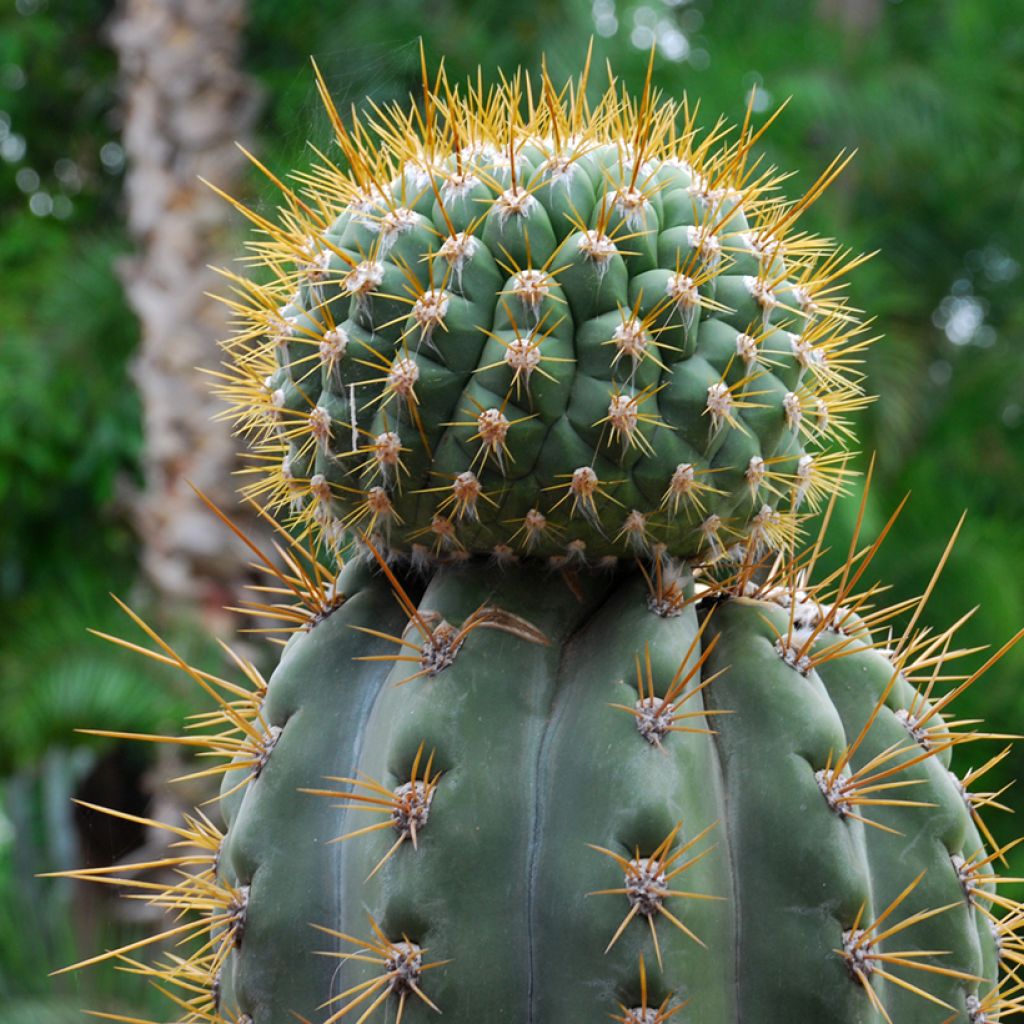

Trichocereus terscheckii - Cactus
Trichocereus terscheckii - Cactus
Leucostele terscheckii
cardon grande cactus or Argentine saguaro
Special offer!
Receive a €20 voucher for any order over €90 (excluding delivery costs, credit notes, and plastic-free options)!
1- Add your favorite plants to your cart.
2- Once you have reached €90, confirm your order (you can even choose the delivery date!).
3- As soon as your order is shipped, you will receive an email containing your voucher code, valid for 3 months (90 days).
Your voucher is unique and can only be used once, for any order with a minimum value of €20, excluding delivery costs.
Can be combined with other current offers, non-divisible and non-refundable.
Why not try an alternative variety in stock?
View all →This plant carries a 12 months recovery warranty
More information
We guarantee the quality of our plants for a full growing cycle, and will replace at our expense any plant that fails to recover under normal climatic and planting conditions.
Does this plant fit my garden?
Set up your Plantfit profile →
Description
The imposing Trichocereus terscheckii, or Argentine saguaro, is a columnar cactus native to the arid regions of northwestern Argentina and southern Bolivia. This giant with thick stems is marked by deep ribs covered in golden to brownish thorns. Its relatively fast growth and high drought resistance make it ideal for landscaping in arid soils. Hardy down to -10°C when dry, it can be grown outdoors in Mediterranean climates. Its substantial size makes it less suitable for long-term pot cultivation.
Trichocereus terscheckii or Leucostele terscheckii is also known locally as "cardon grande" or "Argentine saguaro", and belongs to the Cactaceae family. Native to South America, it is primarily found in the northwestern provinces of Argentina, such as Jujuy, Salta, Tucumán, Catamarca, La Rioja, and San Juan, as well as in the Tarija Department of Bolivia. This majestic cactus thrives on the dry slopes of the Andean foothills, at altitudes ranging between 500 and 1,500 m. Adopting a tree-like habit, Trichocereus terscheckii can reach a height of 10 to 12 m in the wild, with a main trunk diameter of up to 45 cm. Its cylindrical stems, measuring between 10 and 20 cm in diameter, feature 8 to 18 well-defined ribs. The brown areoles, spaced 1.5 to 3 cm apart, bear 8 to 15 yellowish to brownish thorns, measuring 1 to 7 cm in length. This cactus is characterised by relatively rapid growth. In cultivation, its size remains more modest: between 2 and 3 m tall. Unlike some other cactus species, Trichocereus terscheckii does not produce offsets at the base. It develops mainly from a single trunk that may become woody with age. The flowers of the Trichocereus terscheckii are white, bell- or funnel-shaped, measuring between 15 and 20 cm in length, with a diameter of up to 12.5 cm. They appear laterally on the stems and are often covered in dense white or brown hairs on the floral tube. Flowering occurs in summer, and the flowers open mainly at night, attracting nocturnal pollinators. The round, green fruits of this cactus measure about 3 to 4 cm in diameter and contain small black to brown seeds. They are considered edible but are less flavourful than those of other cactus species, such as Trichocereus pasacana. In its natural habitat, these fruits primarily serve as a food source for various animals. The stems have smooth, green skin, becoming slightly woody at the base in older specimens.
Trichocereus terscheckii plays an important ecological role in its native habitat. Due to its imposing size, it often serves as a support for other epiphytic plants, particularly Tillandsia, which cling to its branches to get closer to sunlight. This cactus is sometimes harvested for its wood, used in local crafts.
In favourable climates, Trichocereus terscheckii stands out in arid and minimalist landscapes. Its monumental silhouette stands out against a backdrop of light gravel or volcanic rocks. It pairs well with Agave montana and Nolina nelsonii, whose tufted foliage contrasts with the rigid appearance of its neighbours. Planted as a solitary specimen or in small groups, it structures the space. This large cactus will also look stunning among the opulent summer blooms of Aloe striatula.
Trichocereus terscheckii - Cactus in pictures
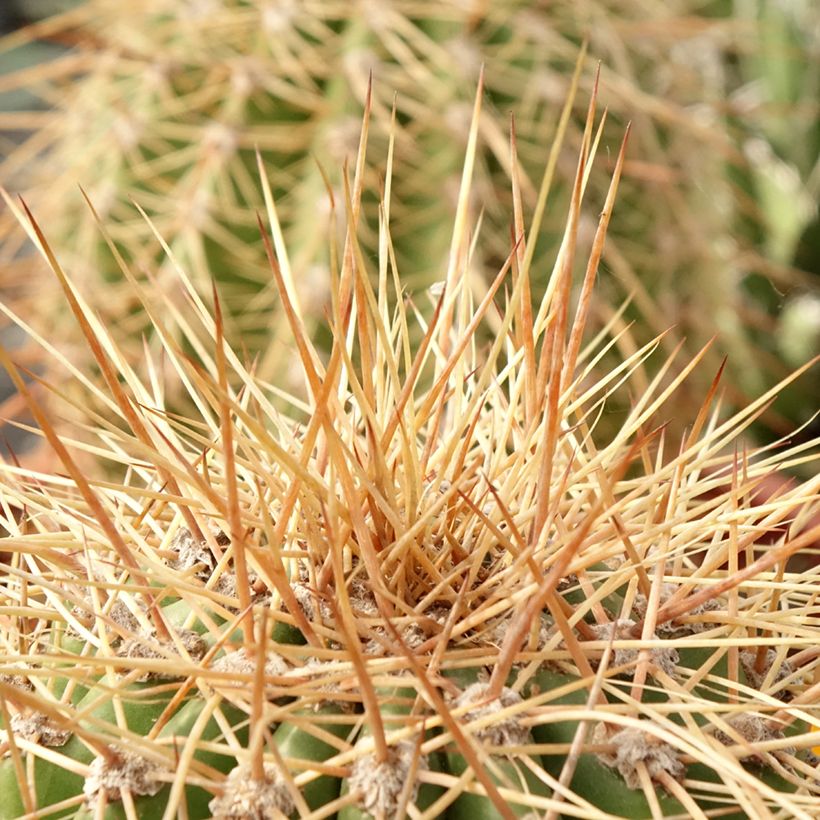

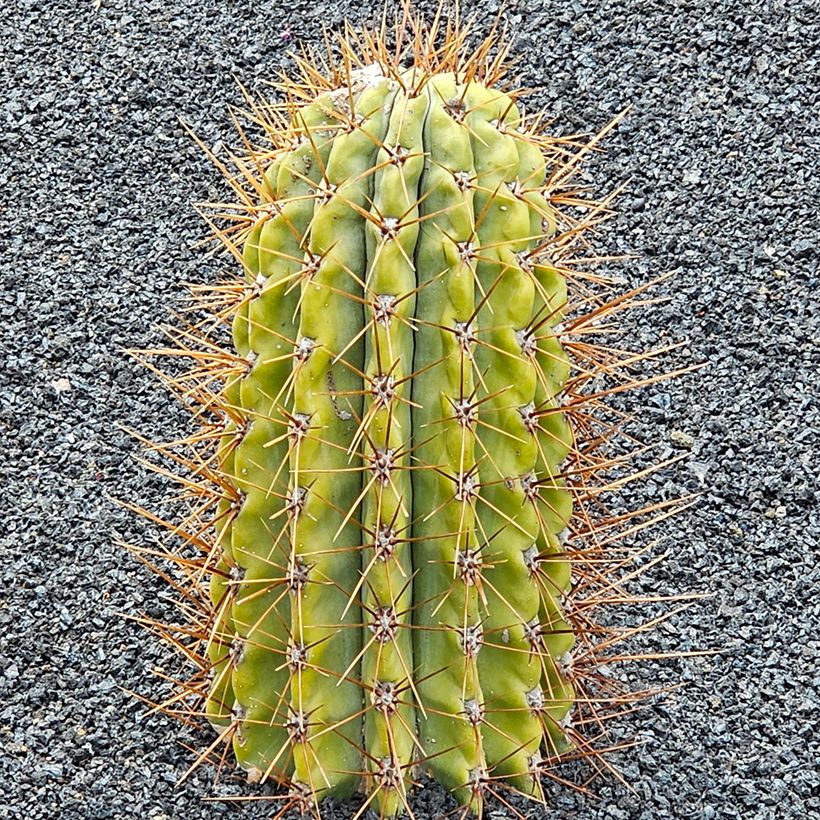

Flowering
Foliage
Plant habit
Botanical data
Leucostele
terscheckii
Cactaceae
cardon grande cactus or Argentine saguaro
Echinopsis terscheckii, Cereus terscheckii, Trichocereus terscheckii, Pilocereus terscheckii
South America
Other Cacti
View all →Planting and care
Handle your columnar cactus with gloves and protective goggles.
Outdoor cultivation:
Trichocereus terscheckii is hardy down to approximately -9/-10°C (briefly) in dry and very well-drained soil. However, its cold resistance depends heavily on soil moisture. It is therefore essential to plant it in very well-drained soil, ideally rocky, on a slope or mound to facilitate water drainage. A south-facing exposure is recommended to maximise sunlight. This species is adapted to arid climates and does not tolerate excessive humidity, especially in winter. Consequently, outdoor cultivation is mainly reserved for the warmest and driest regions, provided it is protected from excess moisture.
Pot cultivation:
It is possible for a few years while the plant is smaller. Use a very well-draining substrate, composed for example of a mix of cactus compost and coarse sand or gravel. Wide, shallow pots suit its root system well and are more stable. It is advisable to add a layer of gravel at the bottom of the pot to improve drainage. Place the pot in a very bright spot, ideally in full sun, during the growth period. In winter, reduce watering to a minimum and keep the plant dry, in a cool place but protected from frost. This winter rest period is crucial for its health and promotes flowering.
General advice:
-
Watering: during the growth period (spring and summer), water moderately when the substrate is dry on the surface. In autumn and winter, drastically reduce watering to avoid root rot.
-
Feeding: Apply a diluted cactus fertiliser once a month during the growth period.
-
Repotting: Repot every 2 years in spring, renewing the substrate to ensure good root aeration.
Planting period
Intended location
Care
Planting & care advice
This item has not been reviewed yet - be the first to leave a review about it.
Similar products
Haven't found what you were looking for?
Hardiness is the lowest winter temperature a plant can endure without suffering serious damage or even dying. However, hardiness is affected by location (a sheltered area, such as a patio), protection (winter cover) and soil type (hardiness is improved by well-drained soil).

Photo Sharing Terms & Conditions
In order to encourage gardeners to interact and share their experiences, Promesse de fleurs offers various media enabling content to be uploaded onto its Site - in particular via the ‘Photo sharing’ module.
The User agrees to refrain from:
- Posting any content that is illegal, prejudicial, insulting, racist, inciteful to hatred, revisionist, contrary to public decency, that infringes on privacy or on the privacy rights of third parties, in particular the publicity rights of persons and goods, intellectual property rights, or the right to privacy.
- Submitting content on behalf of a third party;
- Impersonate the identity of a third party and/or publish any personal information about a third party;
In general, the User undertakes to refrain from any unethical behaviour.
All Content (in particular text, comments, files, images, photos, videos, creative works, etc.), which may be subject to property or intellectual property rights, image or other private rights, shall remain the property of the User, subject to the limited rights granted by the terms of the licence granted by Promesse de fleurs as stated below. Users are at liberty to publish or not to publish such Content on the Site, notably via the ‘Photo Sharing’ facility, and accept that this Content shall be made public and freely accessible, notably on the Internet.
Users further acknowledge, undertake to have ,and guarantee that they hold all necessary rights and permissions to publish such material on the Site, in particular with regard to the legislation in force pertaining to any privacy, property, intellectual property, image, or contractual rights, or rights of any other nature. By publishing such Content on the Site, Users acknowledge accepting full liability as publishers of the Content within the meaning of the law, and grant Promesse de fleurs, free of charge, an inclusive, worldwide licence for the said Content for the entire duration of its publication, including all reproduction, representation, up/downloading, displaying, performing, transmission, and storage rights.
Users also grant permission for their name to be linked to the Content and accept that this link may not always be made available.
By engaging in posting material, Users consent to their Content becoming automatically accessible on the Internet, in particular on other sites and/or blogs and/or web pages of the Promesse de fleurs site, including in particular social pages and the Promesse de fleurs catalogue.
Users may secure the removal of entrusted content free of charge by issuing a simple request via our contact form.
The flowering period indicated on our website applies to countries and regions located in USDA zone 8 (France, the United Kingdom, Ireland, the Netherlands, etc.)
It will vary according to where you live:
- In zones 9 to 10 (Italy, Spain, Greece, etc.), flowering will occur about 2 to 4 weeks earlier.
- In zones 6 to 7 (Germany, Poland, Slovenia, and lower mountainous regions), flowering will be delayed by 2 to 3 weeks.
- In zone 5 (Central Europe, Scandinavia), blooming will be delayed by 3 to 5 weeks.
In temperate climates, pruning of spring-flowering shrubs (forsythia, spireas, etc.) should be done just after flowering.
Pruning of summer-flowering shrubs (Indian Lilac, Perovskia, etc.) can be done in winter or spring.
In cold regions as well as with frost-sensitive plants, avoid pruning too early when severe frosts may still occur.
The planting period indicated on our website applies to countries and regions located in USDA zone 8 (France, United Kingdom, Ireland, Netherlands).
It will vary according to where you live:
- In Mediterranean zones (Marseille, Madrid, Milan, etc.), autumn and winter are the best planting periods.
- In continental zones (Strasbourg, Munich, Vienna, etc.), delay planting by 2 to 3 weeks in spring and bring it forward by 2 to 4 weeks in autumn.
- In mountainous regions (the Alps, Pyrenees, Carpathians, etc.), it is best to plant in late spring (May-June) or late summer (August-September).
The harvesting period indicated on our website applies to countries and regions in USDA zone 8 (France, England, Ireland, the Netherlands).
In colder areas (Scandinavia, Poland, Austria...) fruit and vegetable harvests are likely to be delayed by 3-4 weeks.
In warmer areas (Italy, Spain, Greece, etc.), harvesting will probably take place earlier, depending on weather conditions.
The sowing periods indicated on our website apply to countries and regions within USDA Zone 8 (France, UK, Ireland, Netherlands).
In colder areas (Scandinavia, Poland, Austria...), delay any outdoor sowing by 3-4 weeks, or sow under glass.
In warmer climes (Italy, Spain, Greece, etc.), bring outdoor sowing forward by a few weeks.






























